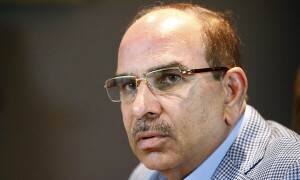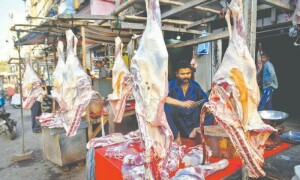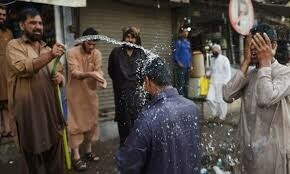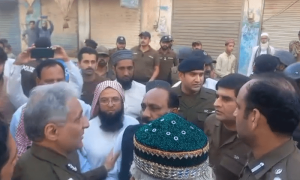SOMEWHERE in between the sensationalised and supposedly exaggerated accounts of the effects of the ongoing drought in Thar, and the Sindh government’s misplaced insistence that matters are under control, lies the truth of the matter.
According to one figure, there have been over 400 deaths in the Thar region of Sindh since January, mostly of children under five. However, though the impact of the drought on local people and livestock has been severe, a high number of infant deaths in Thar is not unusual, as medical experts say the area has the highest mortality rate of children under five in Pakistan.
As senior doctors told this paper, this situation has prevailed for the last three decades and it is “periodically unearthed and highlighted”.
Know more: High child mortality rate in Thar no new phenomenon, say experts
Malnourishment is high in the area, while health facilities and the number of doctors are insufficient. So while the drought is a major factor, the situation has been aggravated by the neglect of the desert region by successive governments for the last 30 years or so.
As per a report filed with the Sindh High Court on Tuesday, a probe conducted by a local judge came to the conclusion that it is the lack of medical facilities and potable water that has worsened the situation in Thar. Both the federal and Sindh governments have been censured in the report for failing to effectively manage the long-standing crisis.
It is thanks to the SHC’s interest — aided by petitions filed by NGOs — that an accurate picture of the situation in Thar is emerging.
Another report was filed with the court on Wednesday, in which the Tharparkar district administration’s relief efforts were criticised for being non-transparent.
Both independent medical experts and the investigators assigned by the SHC seem to agree that the cure for Thar’s woes primarily lies in the provision of clean drinking water and well-stocked, well-staffed health facilities to locals. But for this to materialise the provincial government will need to come out of its state of denial and admit Thar has been neglected for decades.
Published in Dawn, November 27th , 2014












































